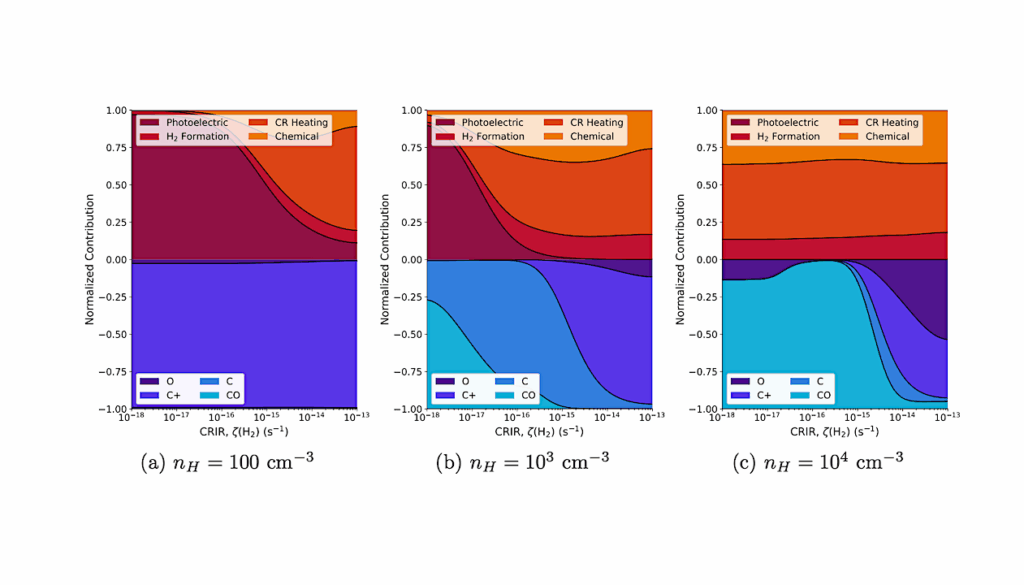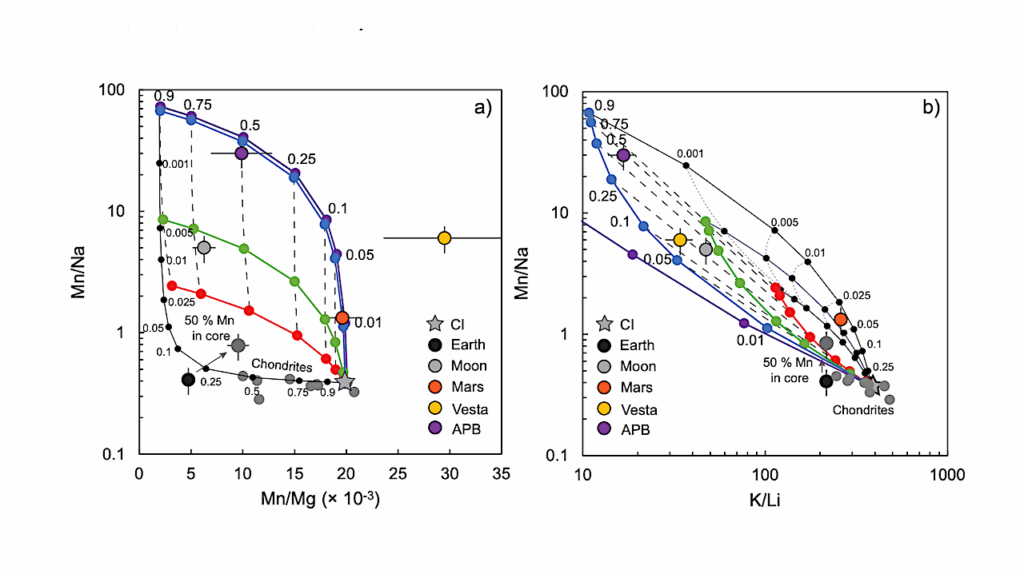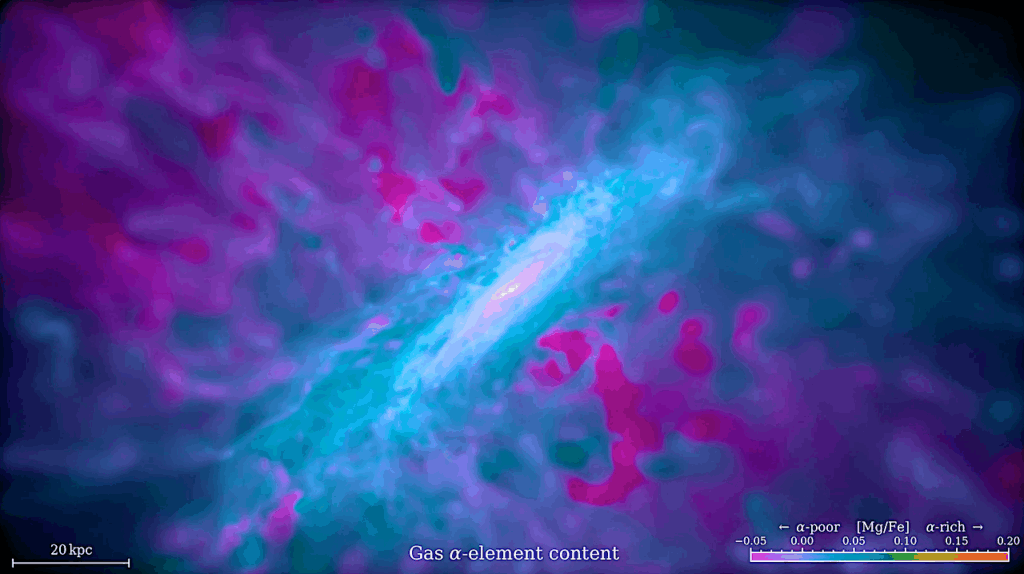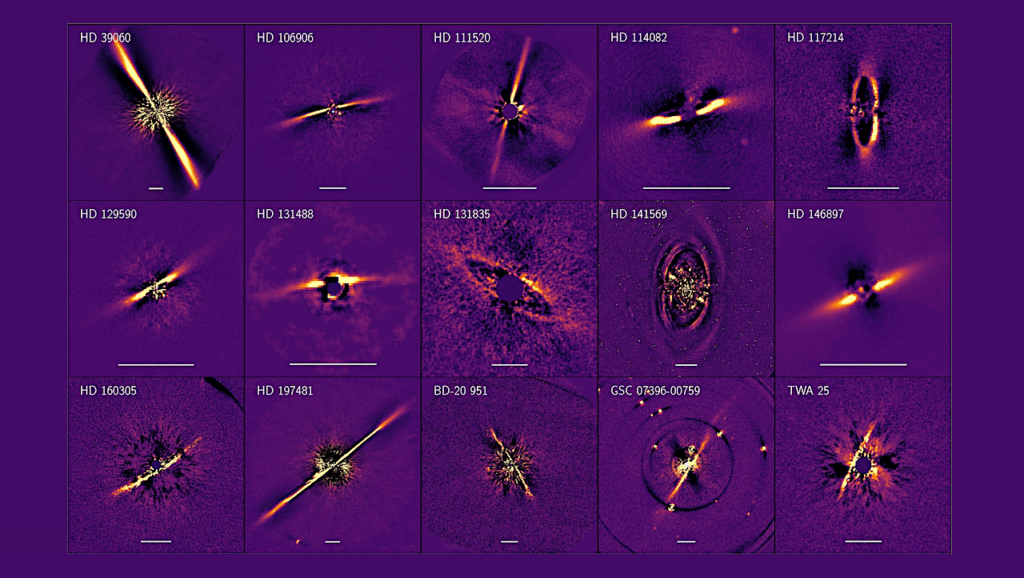Key Science Goals for the Next Generation Very Large Array (ngVLA): Update from the ngVLA Science Advisory Council (2024)

In 2017, the next generation Very Large Array (ngVLA) Science Advisory Council, together with the international astronomy community, developed a set of five Key Science Goals (KSGs) to inform, prioritize and refine the technical capabilities of a future radio telescope array for high angular resolution operation from 1.2 – 116 GHz with 10 times the sensitivity of the Jansky VLA and ALMA.
The resulting KSGs, which require observations at centimeter and millimeter wavelengths that cannot be achieved by any other facility, represent a small subset of the broad range of astrophysical problems that the ngVLA will be able address. This document presents an update to the original ngVLA KSGs, taking account of new results and progress in the 7+ years since their initial presentation, again drawing on the expertise of the ngVLA Science Advisory Council and the broader community in the ngVLA Science Working Groups.
As the design of the ngVLA has also matured substantially in this period, this document also briefly addresses initial expectations for ngVLA data products and processing that will be needed to achieve the KSGs. The original ngVLA KSGs endure as outstanding problems of high priority.
In brief, they are: (1) Unveiling the Formation of Solar System Analogues; (2) Probing the Initial Conditions for Planetary Systems and Life with Astrochemistry; (3) Charting the Assembly, Structure, and Evolution of Galaxies from the First Billion Years to the Present; (4) Science at the Extremes: Pulsars as Laboratories for Fundamental Physics; (5) Understanding the Formation and Evolution of Stellar and Supermassive Black Holes in the Era of Multi-Messenger Astronomy.
David J. Wilner (1), Brenda C. Matthews (2), Brett McGuire (3), Jennifer Bergner (4)Fabian Walter (5), Rachel Somerville (6), Megan DeCesar (7), Alexander van der Horst (8), Rachel Osten (9), Alessandra Corsi (10), Andrew Baker (11), Edwin Bergin (12), Alberto Bolatto (13), Laura Blecha (14), Geoff Bower (15), Sarah Burke-Spolaor (16), Carlos Carrasco-Gonzalez (17), Katherine de Keller (18), Imke de Pater (4), Mark Dickinson (19), Maria Drout (20), Gregg Hallinan (18), Bunyo Hatsukade (21), Andrea Isella (22), Takuma Izumi (23), Megan Johnson (24), Joseph Lazio (25), Adam Leroy (26), Thomas Maccarone (10), Betsy Mills (27), Munetake Momose (28), Cherry Ng (29), Eric Rosolowsky (30), Nami Sakai (31), Anton Zensus (32) ((1) Center for Astrophysics | Harvard and Smithsonian, (2) National Research Council of Canada, (3) MIT, (4) Univ. California, Berkeley, (5) Max Planck Institut fur Astronomie, (6) Flatiron Instiute, (7) George Mason Univ., (8) George Washington Univ., (9) Space Telescope Science Institute, (10) Texas Tech Univ., (11) Rutgers Univ., (12) Univ. Michigan, (13) Univ. Maryland, (14) Univ. Florida, (15) Academia Sinica Institute of Astronomy and Astrophysics, (16) West Virginia Univ., (17) UNAM-IRyA, (18) California Institute of Technology, (19) NOIRLab, (20) Univ. Toronto, (21) Univ. Tokyo, (22) Rice Univ., (23) NAOJ, (24) USNO, (25) JPL, (26) The Ohio State Univ, (27) Univ. Kansas, (28) Ibaraki Univ., (29) SETI Institute, (30) Univ. Alberta, (31) Institue of Physical and Chemical Research (RIKEN), (32) Max Planck Institut fur Radioastronomie)
Comments: 29 pages, 9 figures, ngVLA memo 125. arXiv admin note: text overlap with arXiv:1711.09960
Subjects: Instrumentation and Methods for Astrophysics (astro-ph.IM); Earth and Planetary Astrophysics (astro-ph.EP); Astrophysics of Galaxies (astro-ph.GA); High Energy Astrophysical Phenomena (astro-ph.HE); Solar and Stellar Astrophysics (astro-ph.SR)
Cite as: arXiv:2408.14497 [astro-ph.IM] (or arXiv:2408.14497v1 [astro-ph.IM] for this version)
https://doi.org/10.48550/arXiv.2408.14497
Focus to learn more
Submission history
From: David Wilner
[v1] Fri, 23 Aug 2024 18:02:28 UTC (17,553 KB)
https://arxiv.org/abs/2408.14497
Astrobiology, Astrochemistry,








